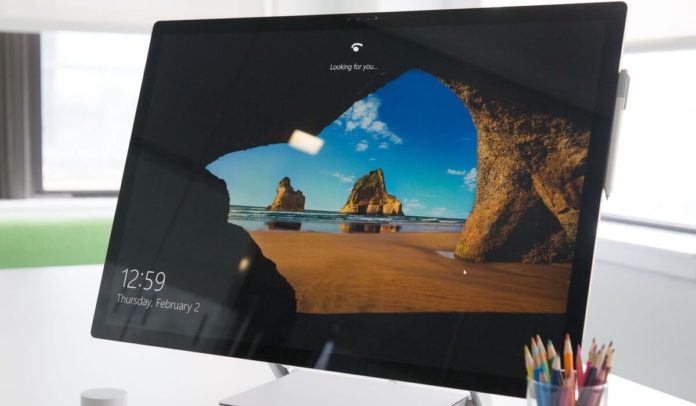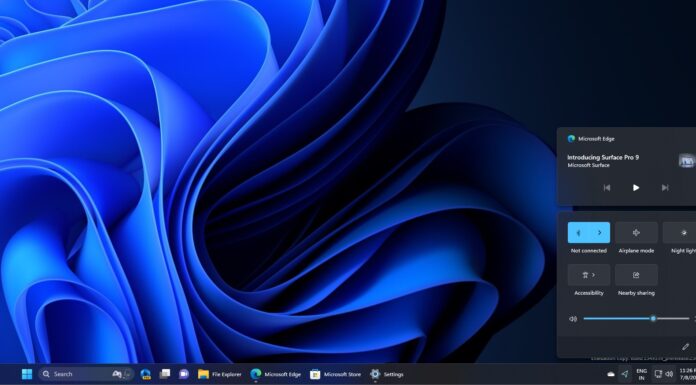Microsoft yesterday released the cumulative updates for Windows 10 version 1803 and it appears to be causing a number of issues on some systems. Windows 10 KB4103721 bricks PCs and the installation results in a black screen on a number of systems. KB4103721 is the first patch for Windows 10 April 2018 Update and it was supposed to fix all the reported issues.
A number of users on Microsoft’s Community forums reported that there’s a problem with KB4103721. The Windows 10 KB4103721 is causing black screen and the system fails to boot. The only workaround which works for most of the users is to restore the system to the previous version of Windows 10.
While the first cumulative update for Windows 10 April 2018 Update (version 1803) includes bug fixes for the reported issues, it appears that there’s a bug in KB4103721 which is bricking PCs and preventing them from booting. It is, however, worth noting that not all systems are impacted.
There’s indeed a problem with this cumulative but it’s hard to determine a fix or the pattern at this point. In most of the cases, restoring the PC to the previous version of Windows helps and the PC finally boots to the login screen.
While several users have confirmed the bug on Microsoft’s Community forums, the software giant hasn’t acknowledged the installation issues yet.
Recover PC from the black screen after installing Windows 10 KB4103721
While the official workaround is not available at the moment, most of the users have managed to fix the installation issues by restoring the system to a previous point or downgrading to Windows 10 Fall Creators Update (version 1709).
You can only restore your PC to the previous version of Windows if you haven’t touched the windows.old and $windows.~bt folders after the upgrade.
The recovery process basically takes your PC back to an earlier point in time. Microsoft says that it is generated every time you install a new Windows update or driver. While restoring won’t affect your personal files, but the process will remove the apps, divers, and updates that you installed after the restore point was made.
To restore your system, you may need to enter the Advanced Startup. To enter Advanced startup and fix the installation issues, do the following:
- Hit F11 as soon as the computer powers on. This can get you to the Advanced Startup Options menu, but it also depends on the manufacturer. The PC should also boot to Advanced Startup after several failed boot attempts.
- In Advanced options, click “Go back to the previous build”.
- (Or System Restore if nothing works).
Of course, the above method only works if the restore point is available. In case a restore point isn’t available, you’ll have to boot into Safe Mode and manually remove the update from the system. Here’s how you can boot into safe mode and uninstall the botched update.
- Boot into Advanced Startup menu (Choose an option screen).
- Select Troubleshoot > Advanced options > Startup Settings > Restart.
- Select 5 or F5 for Safe Mode with Networking.
- Log into Safe Mode.
- Go to Settings > Update & Security > Windows Update > View update history > Uninstall updates.
- Select KB4103721 and remove the update.
- Reboot your PC, and it will finally boot as the update has been uninstalled.
You can also create a bootable USB drive on your second PC and clean install Windows 10 April 2018 Update.
As noted above, Microsoft is yet to acknowledge issues with this cumulative update. We’ll be keeping an eye on the forums and update the article when the official workaround is available.






















